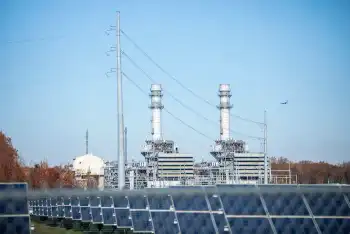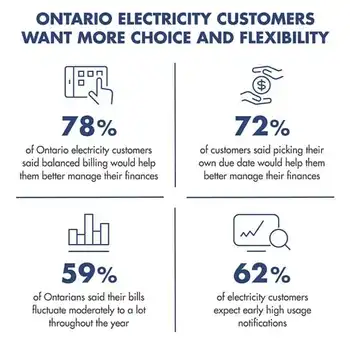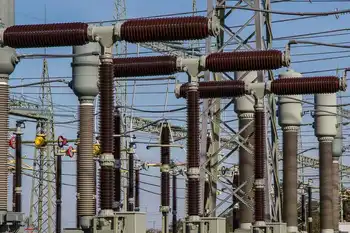Shipments of cellular communications nodes will surpass 16 million by 2022
- Long accustomed to using private networks, such as power line communications and radio frequency mesh, for transmitting power grid data, utilities are increasingly turning to public cellular networks for smart grid communications. While European utilities have been using cellular for some time, North American firms have only recently begun to commit to public networks for critical smart grid applications.
Cellular networks are also expected to play a significant role in supporting large-scale smart meter rollouts across the Asia Pacific region. Click to tweet: According to a new report from Navigant Research, worldwide shipments of public cellular communications nodes for smart grid applications will grow from fewer than 3 million annually in 2013 to 16.3 million in 2020.
“Smart grid investments are dependent upon reliable, ubiquitous communications and not all utilities have the resources to build and manage these networks themselves,” says Richelle Elberg, senior research analyst with Navigant Research. “Public cellular networks are beginning to make headway in the utility environment thanks to a convergence of factors, including dramatically reduced pricing for cellular machine-to-machine connectivity, ubiquitous network coverage, and significantly improved reliability and security.”
However, utilities face a number of challenges in shifting to cellular, according to the report. For example, cellular carriers typically update their technology every 3 to 5 years, while utilities operate on a 10- to15-year lifecycle. In addition, particularly in North America, utilities are incentivized to make capital investments, which can be recovered in rate cases, versus increasing their operating expenses. Public cellular service adds to a utilityÂ’s operating expense line, which may lower profitability.
The report, “Public Carrier Networks for Smart Grids”, examines the global market opportunity for cellular smart grids. The study provides an analysis of the drivers, market challenges, and technology issues that will shape the market over the coming decade. Global market forecasts for public cellular communications nodes, segmented by application, region, and technology, extend through 2020. The report also profiles the key vendors, utilities, and carriers related to the cellular smart grid ecosystem.
Related News

Pennsylvania residents could see electricity prices rise as much as 50 percent this winter
PITTSBURG - Energy costs for electric customers are going up by as much as 50% across Pennsylvania next week, the latest manifestation of across-the-board energy price increases impacting gasoline, heating oil, propane, and natural gas.
Eight Pennsylvania electric utilities are set to increase their energy prices on Dec. 1, reflecting the higher cost to produce electricity. Peco Energy, which serves Philadelphia and its suburbs, will boost its energy charge by 6.4% on Dec. 1, from 6.6 cents per kilowatt hour to about 7 cents per kWh. Energy charges account for about half of a residential bill.
PPL Electric Utilities, the Allentown company…




